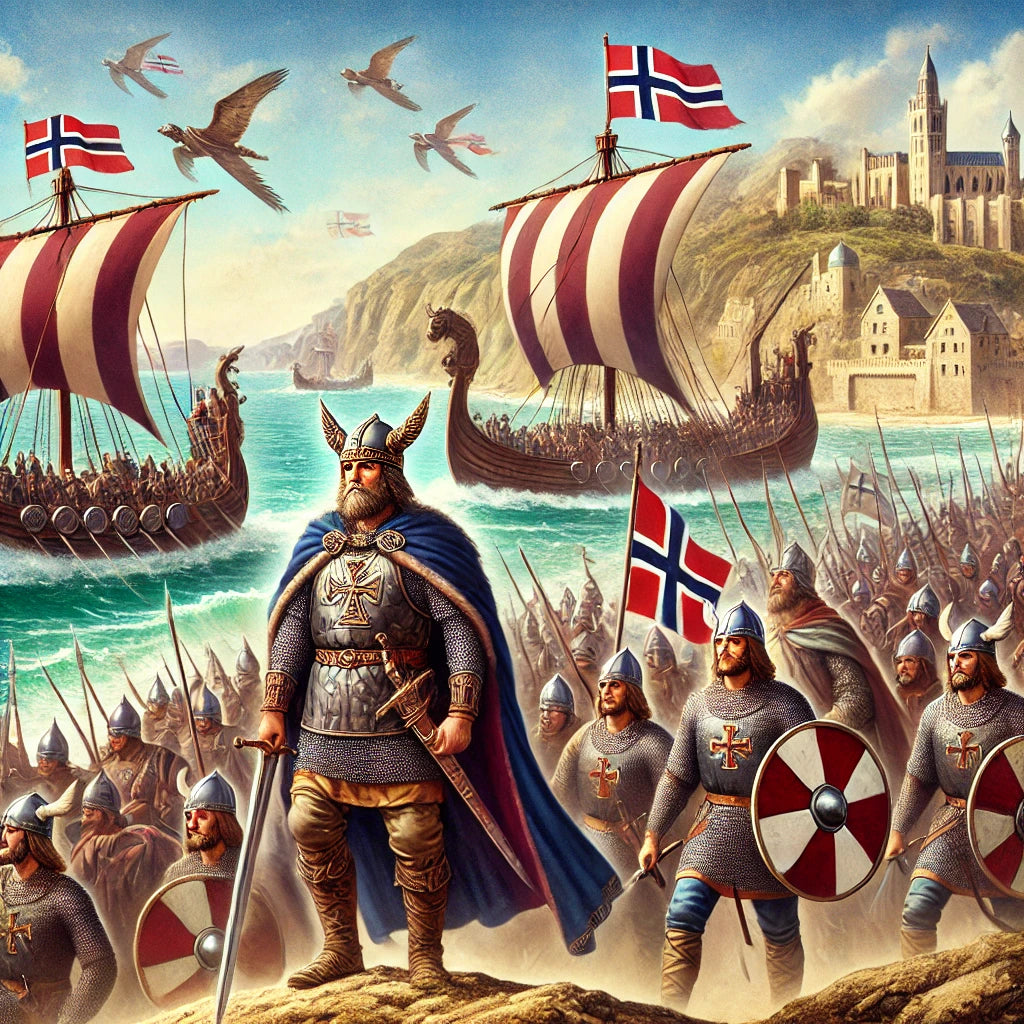Uppsala, is a city in Sweden located 70 km north of Stockholm, in Uppland, famous for its prestigious university, the oldest in one Scandinavia.
With about 200,000 inhabitants in the municipality of which it is the capital and 160,000 inhabitants in the agglomeration, it is the fourth largest city in Sweden after Stockholm, Gothenburg and Malmö.
It is located at the end of a fjord ("bay") of Lake Mälar. The river Fyrisån runs through the center of the city.
Uppsala's History
Originally, Uppsala was located a few kilometers north of the present city, in Gamla Uppsala ("Old Upsal"). The place where today's city is located was then called Östra Aros. According to Adam of Bremen, Old Upsal was the center of Scandinavian paganism and there was a pagan temple where people and animals were sacrificed to the Nordic Gods. According to Adam's testimony, there were three idols representing respectively the gods Odin, Thor and Freyr.
In 1164, about a century after the Christianization of Sweden, Uppsala became the diocesan city of the Catholic archdiocese of Sweden, and in 1274 the city was rebuilt on its present site.
After the Reformation, Uppsala remained the center of the Church of Sweden; the Archbishop of the Swedish Lutheran Church still resides in the city. It was here that the synod of the same name was held in 1593, during which Sweden officially adopted Lutheranism.
Domkyrkan, the cathedral, is with that of Trondheim the largest church in Scandinavia. Its red brick towers reach 119 meters. The archbishop of Uppsala, Magnus Bosson (sv), had brought a certain Étienne de Bonneuil, a French stonemason who was working on the construction of the cathedral of Notre-Dame de Paris.
In 1287, Bonneuil obtained permission from Philip the Fair to travel to Sweden, where he was accompanied by a dozen workers. They worked on the sculptures of the south portal of the transept. Here lie King Gustav I and Carl von Linné. From a distance, the silhouette of Upsal is dominated by the high spires of its cathedral, as well as by its castle, situated on a hill.
Founded in 1477, Uppsala University is the oldest surviving university in Scandinavia (the studium generale in Lund was active from 1425 until 1536 and the Danish Reformation). There is also another university in Uppsala, the Swedish University of Agricultural Sciences, specializing in natural sciences (SLU, Sveriges Lantbruksuniversitet). In 2005, 40% of the population is made up of students from all over the country and the world.
Uppsala's Geology
The city is mainly built on vast and fertile clay plains. These plains were formed at the end of the last ice age when the entire region was under water after the melting of the ice sheet that covered it until about 10,000 years ago.
These plains emerged about 2,000 years ago as a result of post-glacial rebound. The melting of the glaciers is also responsible for the Uppsalaåsen esker, which runs north-south through downtown Uppsala and is the most notable topographic feature of the city.
This esker does not form a continuous landform, but consists of several sections, each with its own name, from the north to the south of the city Högåsen (Gamla Uppsala), Tunåsen, Röboåsen, Lötenkulle, Galgbacken, Domberget (where Uppsala Cathedral is located), Kasåsen (where Uppsala Castle is located), Kronåsen, Ultunaåsen, and Sunnerstaåsen (Sunnersta). To the southwest and northeast of the city, the basement outcrops and forms areas of higher elevation.

















